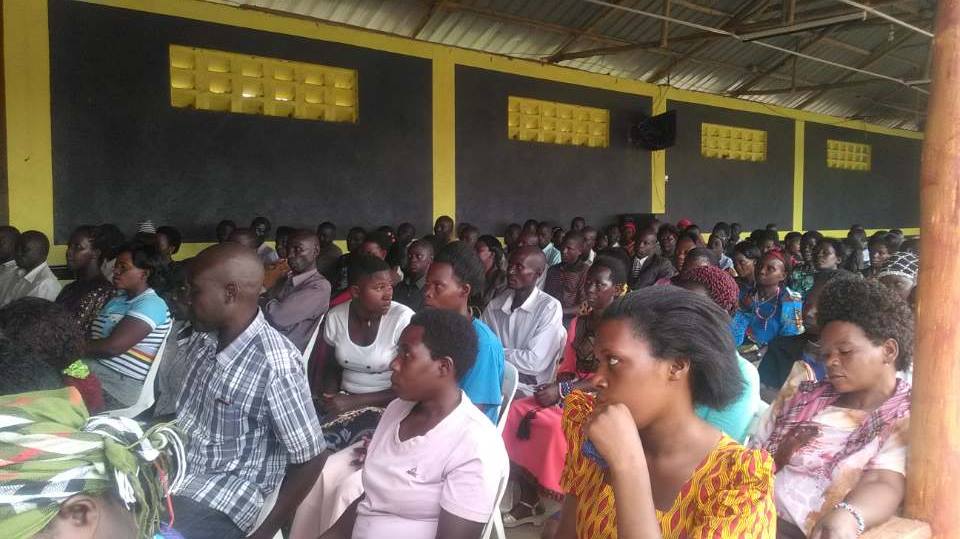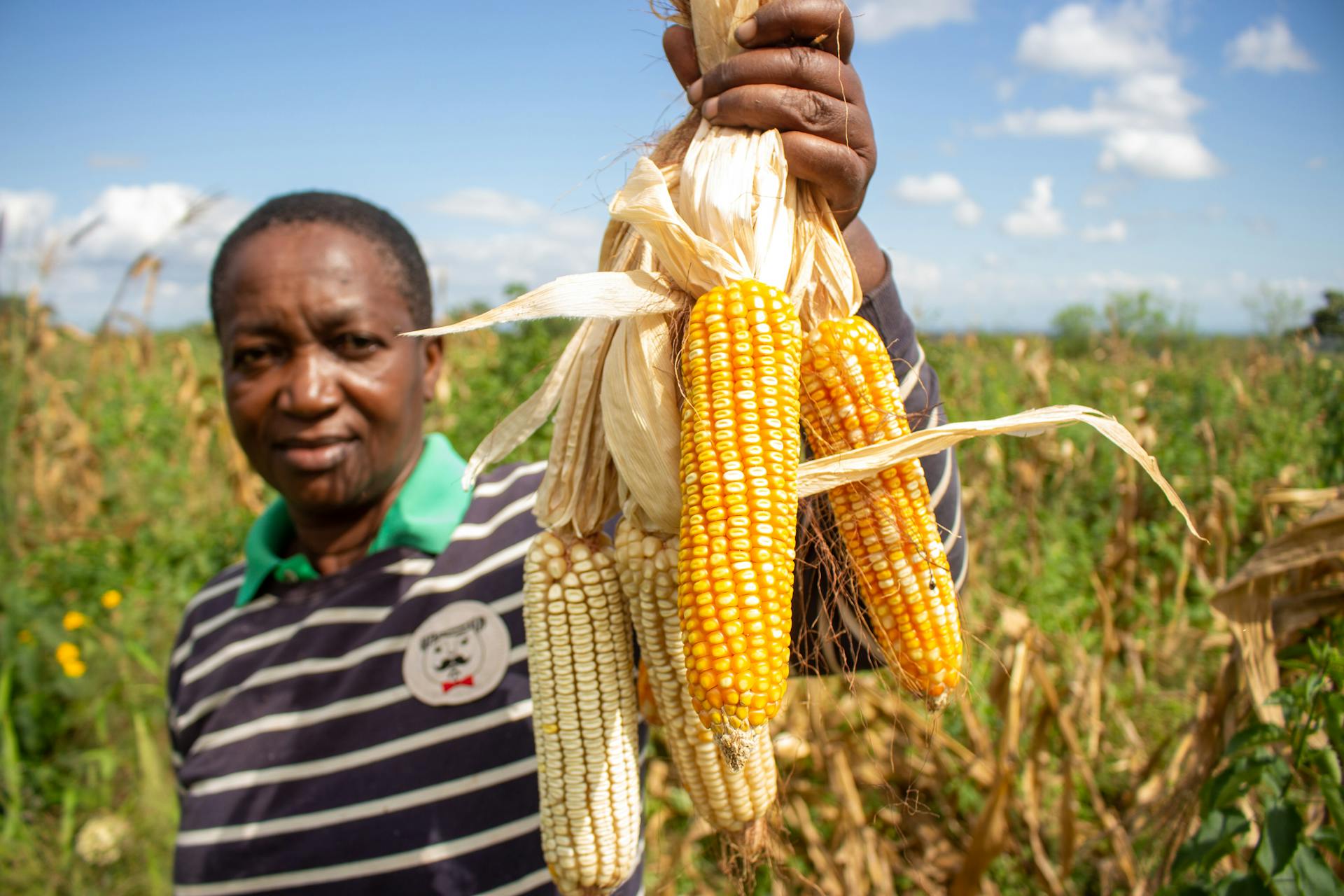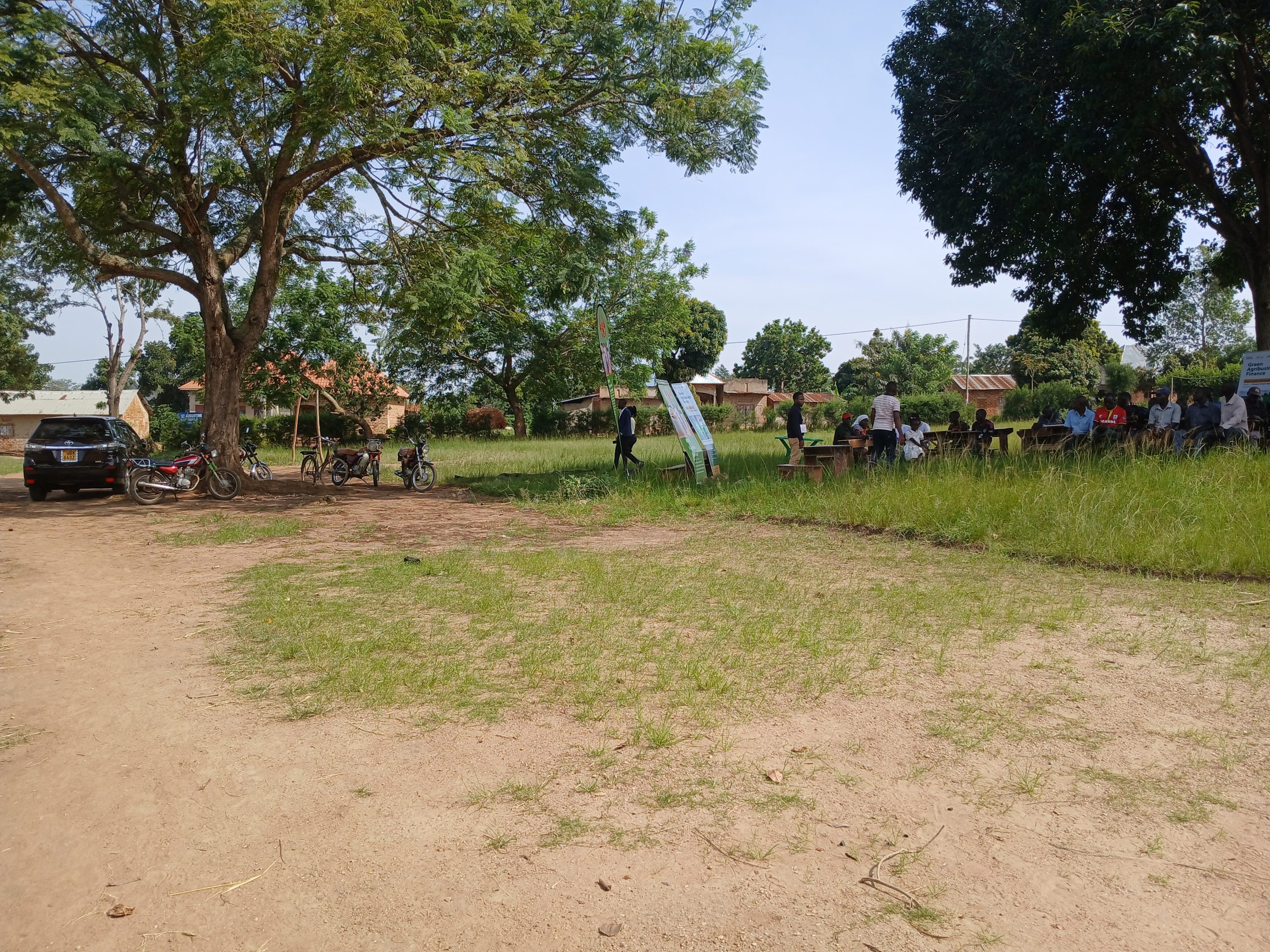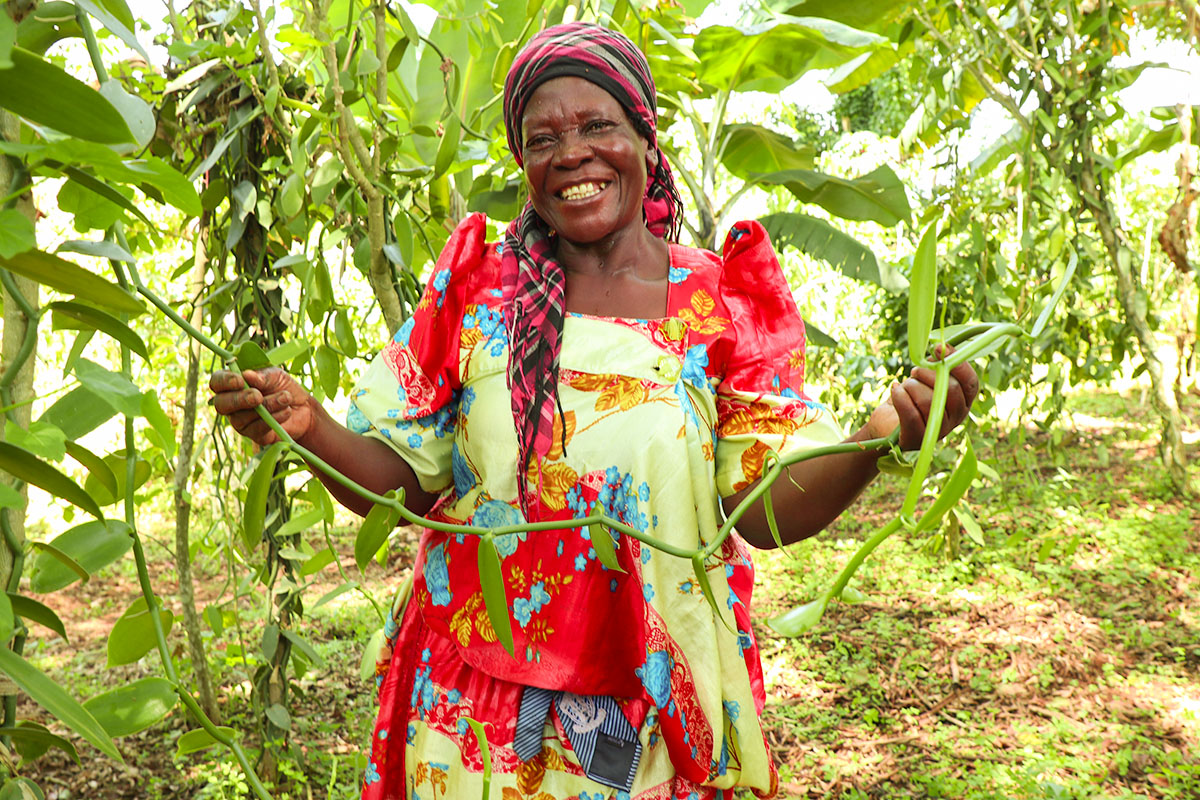Uganda’s agriculture sector powers nearly 40 % of its GDP and employs more than 70 % of the population, yet access to formal credit remains a persistent barrier for most farmers. As of 2018, only 12.2 % of banking sector loans and advances went to agriculture, and a mere one-third of that supported primary production. Although 58 % of farmers are formally financially included, just 11 % actually secure credit from formal institutions.
This gap underscores a critical opportunity, as farmers often rely on informal sources that are costly and unreliable. A well-structured, accessible credit ecosystem supported by government initiatives, SACCOs, and targeted financial institutions could be transformative.
Market Landscape: Who’s Lending and What Role They Play
- SACCOs continue to lead in rural credit, meeting farmers where banks and fintech seldom reach.
- Commercial banks such as Centenary, Stanbic, and DFCU offer agri-products, but stringent collateral and documentation requirements limit uptake.
- The Agricultural Credit Facility (ACF), a government-backed scheme, has disbursed more than UGX 800 billion (~US $221 million) since 2012, offering loans below 15% interest.
- The Parish Development Model (PDM), launched in February 2022, channels revolving funds through newly formed PDM SACCOs at parishes, offering interest-free loans and integrated services to subsistence households.
- Development financiers like Uganda Development Bank, Emyooga, and PDM have cumulatively injected over UGX 3.4 trillion into various agri-credit pathways.
On the Ground: What Farmers Experience

Meet Grace, a maize farmer in Masaka. Twice denied a loan at her local bank due to lack of land title, she initially resorted to an informal lender charging over 25 % monthly interest.
Her fortunes changed when she joined a farmer cooperative and accessed a small, low-interest loan from Rural Development Foundation (RDF). The financing allowed her to buy improved seed and fertilizer, and RDF’s guidance on record-keeping and credit readiness helped her manage repayments smoothly. Today, Grace is on track to become a commercial producer, reinvesting profits to improve both yield and financial resilience.
Her story mirrors a national trend, as 80 % of Uganda’s farmers are smallholders, many grappling with poverty and subsistence-level productivity. Without access to affordable, structured credit, investments in quality inputs and mechanization remain out of reach. RDF’s microfinance approach demonstrates how targeted, accessible financing can turn potential into productive agricultural growth.
The Policy Gap and the Opportunity
Despite government policies like ACF and PDM, credit availability remains mismatched with demand. While AGRICULTURE contributes around 40 % of GDP, credit directed to it is disproportionately low. Many farmers still lack basic documentation or live too far fFarmers ready to unlock their potential and grow their agricultural impact can apply for RDF financing today and take the first step toward stronger harvests and sustainable success.rom formal banks to secure financing.
Yet the PDM’s parish-level SACCOs, delivering loans at 5 % per annum, mark an institutional leap in rural financial inclusion. Digital finance models and outreach by agri-SACCOs are closing the last-mile gap, especially when bundled with extension services, business skills, and savings programs.
Still, challenges persist. Default rates in agriculture average 5 % per year, and many institutions remain hesitant to scale lending without risk mitigation frameworks.
How Farmers Can Access Credit: A Step-by-Step Guide
- Join or form a cooperative, granting credibility and easing access to programs like PDM.
- Organize documentation, including national ID, group membership, farm records, and land agreements if available.
- Tap into PDM SACCOs, local-level, low-interest financing with built-in support services.
- Explore the Agricultural Credit Facility (ACF), ideal for larger, formal agri-business investments.
- Engage with commercial banks or microfinance institutions when growing beyond local tiers.
- Build credit history through savings, timely repayments, and small-tranche loans, preparing for larger financing later.
Does It Work Long-Term?
Access to tailored credit becomes a cycle of empowerment. When Grace reinvests her harvest profits, she boosts both yield and creditworthiness. With expanding PDM SACCO networks, more cooperative trainings, and better linkage to non-bank lenders, growth pathways are clearer.
Yet the success of Uganda’s agriculture financing hinges on reliability, oversight, and performance. High default rates and weak regulation of Tier-4 institutions remain concerns.
Still, judicial reforms, financial inclusion policies, and scaling models like PDM could shift millions from subsistence to market producers over the next decade.
What This Means for Uganda’s Farmers and Rural Development Foundation
Agriculture credit in Uganda is still developing. Frameworks like PDM, ACF, SACCO networks, and commercial banks provide a starting point, but many farmers continue to face challenges accessing affordable financing.
Rural Development Foundation (RDF), as a microfinance institution, works selectively where it can make the most difference, guiding credit readiness, offering targeted loans, and supporting record-keeping. Through these efforts, RDF helps farmers invest in inputs, improve harvests, and build sustainable credit histories, quietly enabling productive agricultural growth.
Farmers interested in RDF financing can apply here to access loans and support tailored to rural agricultural needs.







